Inclusive vs Affirming: Being a better LGBTQ+ Ally
Inclusive vs Affirming: Being a better LGBTQ+ Ally
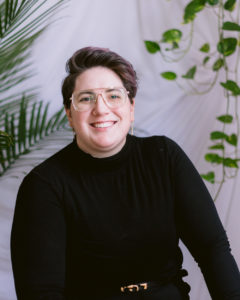
Written by: Jessica Burke
What exactly does it take to be a better LGBTQ+ ally as a wedding vendor? We invited wedding photographer Tia Nash to join us on our podcast, Cocktails with the Krewe, to learn more. As a member of the LGBTQ+ community Nash brings personal insight, and as a community educator Nash seeks out feedback from clients and from within the LGBTQ+ community at large and shares it with fellow wedding pros through Master Classes offered online.
WHERE DO WE START?
Nash first got the idea for the Master Class on being a better ally from conversations with clients about why they chose to hire Nash versus another photographer.
“They would say,” Nash shares,”’This vendor said that they were LGBTQ inclusive but then we worked with them, something just didn’t quite feel right; it just didn’t quite feel like they actually knew what they were talking about or that they really knew how to work with LGBTQ clients.’” Nash notes that photographers shooting two bride or two groom weddings would call for the “bride and groom” and other such slip ups.
“After hearing these stories over and over again, I decided to put together a little Master Class on the difference between being LGBTQ inclusive and being LGBTQ affirming,” says Nash.”I wanted to help vendors who were inclusive and who didn’t know how to be affirming move to that affirming space.”
LGTBQ+ INCLUSIVE VS AFFIRMING
So what exactly is the difference between LGBTQ “inclusive” and LGBTQ “affirming”?
Nash explains: “LGBTQ inclusive would be, ‘Yes, we’ll work with you. We accept you and you can come and do business with us.’ Affirming is ‘We really celebrate your marriage. We really believe in your marriage and we see you. We will practice your pronouns before we get there if someone in your wedding party doesn’t go by she or him pronouns. We are prepared for that.” Affirming is a much bigger core belief in the LGBTQ community.”
MAKING PROGRESS IN THE WEDDING COMMUNITY
But there’s still other work to be done in the wedding community. Nash notes that much wedding terminology is deeply ingrained, such as “bridal party” and “bridal suite”. Venues, Nash points out, can be especially tricky as they often have painted signage that say “bride and groom” or “just one room that’s very fancy and then one room that’s typically the ‘groom’s suite’ that’s not as fancy.” These people are paying thousands of dollars and not necessarily getting the same experience,” says Nash.
Nash notes that It takes conscious effort to say “the couple” and “wedding party” and acknowledges that it’s an ongoing process. “One thing that’s really important is we’re gonna mess up, even like me being a queer person myself, married to a woman, even I have messed up and I’ve been “Oh god, why why would I do that?” shares Nash. “But we’re all gonna mess up and I think it’s important that if we do mess up and someone corrects us, then we just say ‘thank you for reminding me’ and then move on. When you say ‘Oh my gosh, I’m so sorry’ then they’re in a position to have to comfort you and you want to take that onus off of them. It’s all about growing and that’s what’s important. As long as we’re going in the right direction, it’s less about the mistakes that we make and more about how we respond to them.”
LGBTQ+ INCLUSIVE STATEMENTS
For vendors wondering whether or not to have an inclusive statement or badge on their website, fear not. Nash polled several LGBTQ wedding planning groups on this very subject.
Nash asked, “Would you want to see this on your vendor’s website?” and overwhelmingly the answer was “yes.” “I think a hundred people said “yes” and one person said ‘no,’” says Nash. “They liked the sentiment behind it and said ‘Yes, we want to see this because we’re looking at hundreds of websites and just something quick to rule in or out is very helpful for people.’”
But Nash notes that couples also want to see themselves represented in portfolios as well as language specific to them.
“A lot of wedding vendors have blogs that include helpful planning tips and so if you have an example timeline and your timeline is all about “bride and groom,” change it,” advises Nash. “You can make very simple changes and then instantly they know this vendor is not just here to take our money or to work with us; they also are thinking about the larger implications of working with an LGBTQ couple.”
LGBTQ+ STYLED SHOOTS
If you’ve never had an LGBTQ couple hire you for their wedding, it’s perfectly fine to style a photo shoot. “I think [it] is a great step,” says Nash,”but I think if you diversify your own network, that diversity is going to come into your portfolio more naturally and organically.Think about which vendors you are referring. Which vendors are you networking with? Which organizations are you working with? Where are you doing any charity work? If you do that and think how you can integrate yourself into the greater community, then those clients automatically are going to be more attracted to work with you.”
If you do decide to do a styled photo shoot, Nash warns, “don’t take two hetero models and put them into an LGBTQ situation because that just feels disingenuous. And if you want to have a queer couple, hire actual queer people.”
BEING A BETTER ALLY
Being a better LGBTQ+ ally takes thoughtfulness. This Pride Month we encourage all vendors who want to move beyond inclusive to being affirming to review their websites and social media to make sure all couples feel welcome. Spread the message, love is love.
If you’d like to learn more about our guest expert Tia Nash, visit tianash.com
This article contains excerpts from our podcast, Cocktails with the Krewe Season 2, Episode 7 “Being a Better LGBTQ+ Ally.
Cocktails with the Krewe: Season 2 Episode 7 {Being A Better LGBTQ+ Ally}
Being A Better LGBTQ+ Ally How can wedding vendors be better allies for LGBTQ+ couples? That's what we asked this…
REAL WEDDING:: Naomi Hill + Kristie Bardell {Her Love Wins}
::AS SEEN IN THE OCTOBER 2020 ISSUE OF NOW WEDDINGS MAGAZINE:: Written By: Jessica Burke | Photos: Capture Studio Photography…
REAL WEDDING:: Sable Nelson + E. Lee Dyer IV {Fab, Fun, Free Contest Winners}
ABOUT THE COUPLE: Sable K. Nelson, a Milwaukee native, proudly identifies as a black queer social justice advocate, public health…
- Like
- Digg
- Tumblr
- VKontakte
- Buffer
- Love This
- Odnoklassniki
- Meneame
- Blogger
- Amazon
- Yahoo Mail
- Gmail
- AOL
- Newsvine
- HackerNews
- Evernote
- MySpace
- Mail.ru
- Viadeo
- Line
- Comments
- SMS
- Viber
- Telegram
- Subscribe
- Facebook Messenger
- Kakao
- LiveJournal
- Yammer
- Edgar
- Fintel
- Mix
- Instapaper
- Copy Link

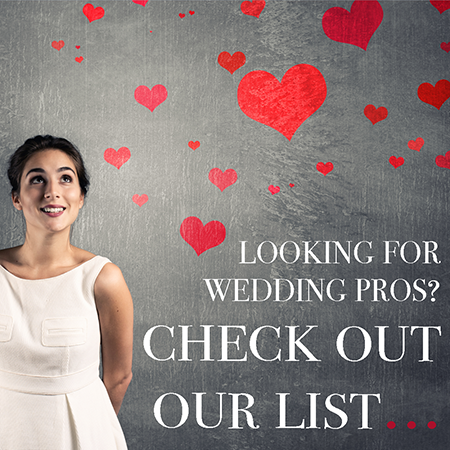
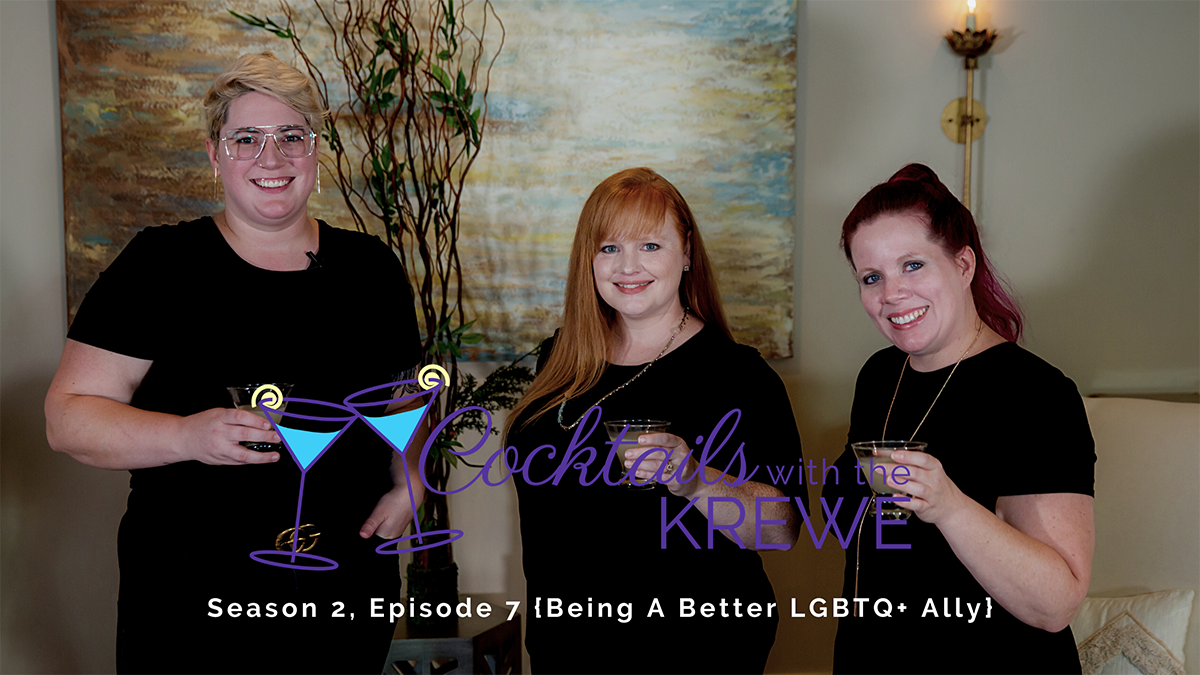
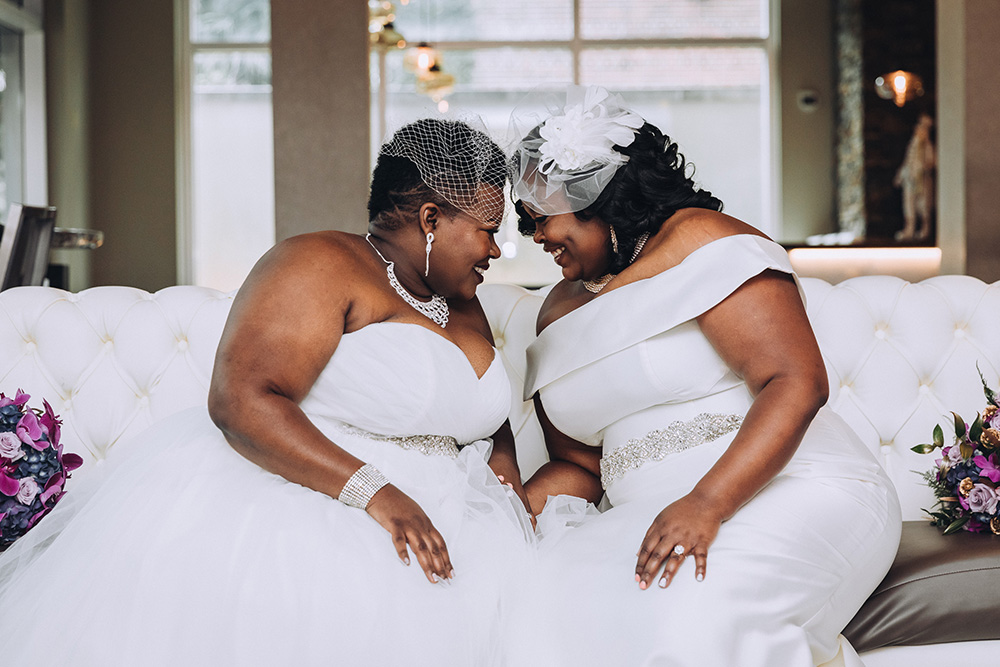
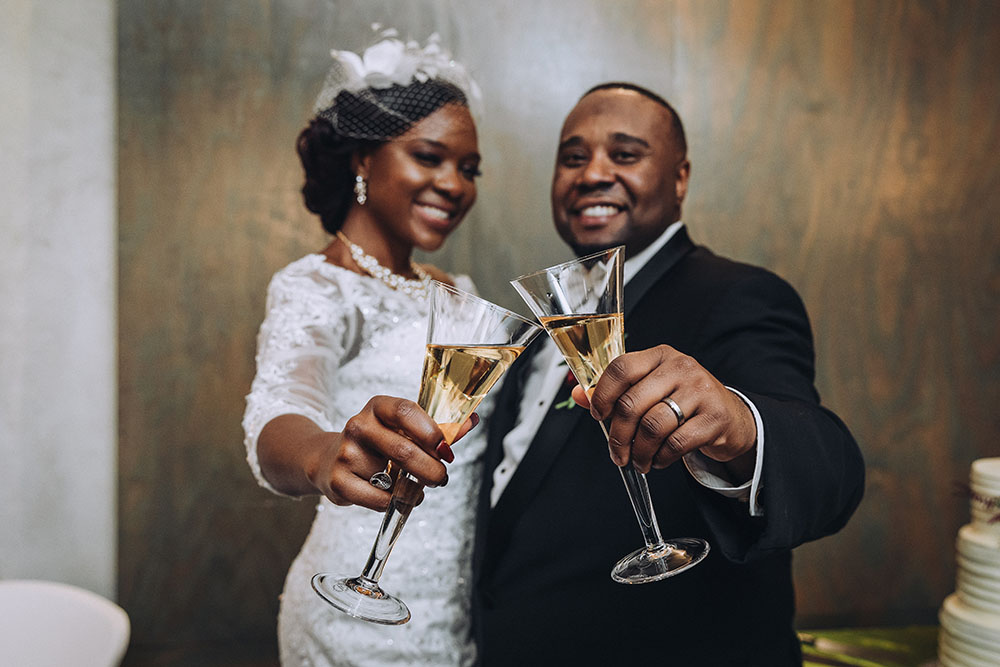
Comments (0)